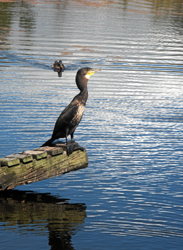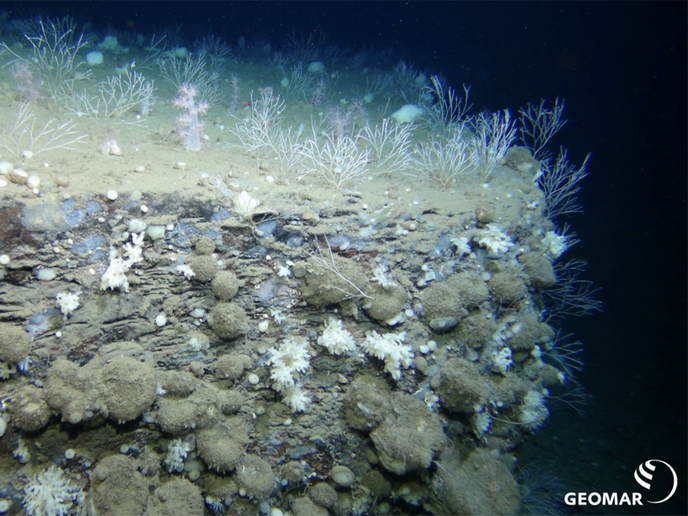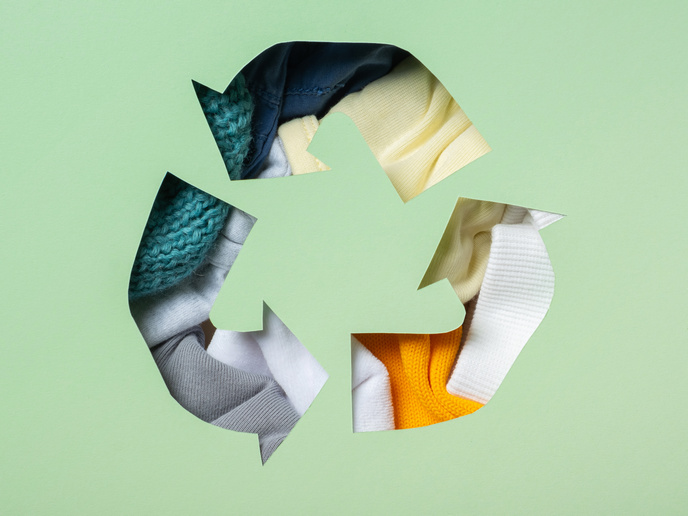Modelling the impact of cormorants on aquaculture
Cormorants inhabit coastal areas throughout Europe. Fish are a staple in the cormorants' diet, which is why they frequently come into conflict with the fish farming industry that shares the same waters. The FRAP consortium acquired funding from the EESD Programme to research methodologies for assessing such conflicts. The goal was to produce a balanced management plan that compromises neither nature nor aquaculture. In the case of the cormorant, a proper assessment entailed quantifying the extent of the damage it can cause to a fish farm. The FRAP partners turned to food web modelling, specifically the Ecopath and Ecosim suite (http://www.ecopath.org). The modelling work was led by the Italian Agency for New Technology, Energy and the Environment (ENEA). The modelling domain was limited to a lagoon ecosystem for which predator and prey data were available. Simulations were performed for the summertime as well as the winter period when the cormorant population, and thus damage, peaks. The mass-balance approach employed by the model helped establish accurate estimates of fishery losses. ENEA and its FRAP partners plan to use this valuable information to create a reconciliation action plan to protect both the cormorant and the interests of the aquaculture industry.







